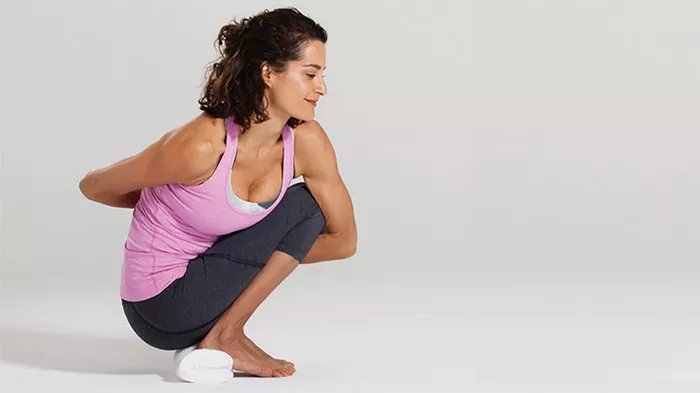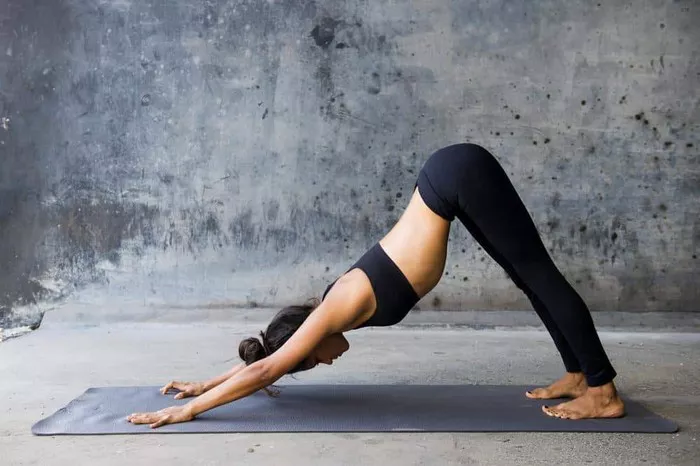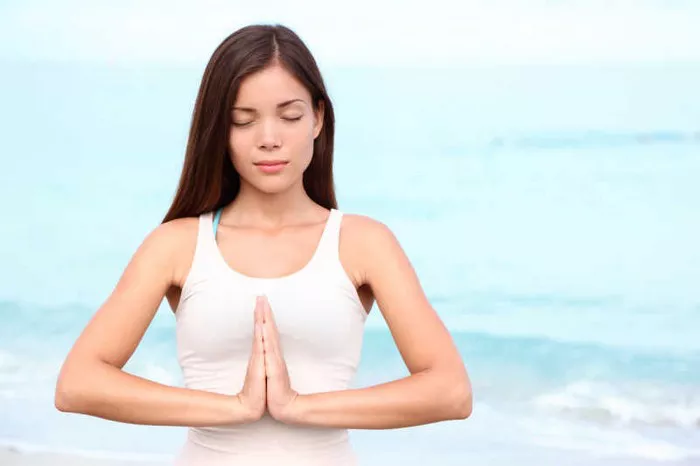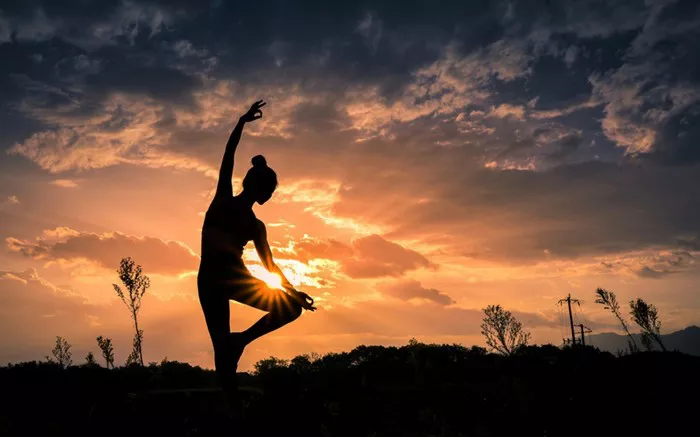Yoga, an ancient practice that harmonizes the mind, body, and spirit, offers a myriad of poses aimed at enhancing physical health and mental well-being. Among these poses is the Noose Pose, known as Pasasana in Sanskrit, which embodies a rich history and symbolism while offering numerous benefits for practitioners. In this comprehensive guide, we delve into the origins and symbolism, physical and mental benefits, variations and modifications, step-by-step instructions, as well as precautions and contraindications of the Noose Pose.
Origins and Symbolism
The Noose Pose finds its roots in traditional Hatha Yoga texts, where it is described as a pose that aids in the awakening of the Kundalini energy, which is believed to reside at the base of the spine. Symbolically, the pose represents the idea of binding or controlling the mind, much like how a noose restrains a wild animal. By engaging in this pose, practitioners aim to tame the wandering thoughts of the mind and attain a state of inner peace and clarity.
Physical and Mental Benefits
The Noose Pose offers a multitude of physical benefits, primarily targeting the spine, shoulders, hips, and thighs. It helps improve spinal flexibility and mobility, alleviating stiffness and tension in the back. Additionally, the pose stretches the shoulders and chest, promoting better posture and relieving tightness in these areas. Moreover, the deep hip rotation involved in the pose enhances hip flexibility and releases tension stored in the hip joints.
From a mental perspective, the Noose Pose serves as a powerful tool for cultivating concentration and focus. The intricate alignment and balance required in the pose demand full attention, allowing practitioners to cultivate mindfulness and presence. As the mind becomes absorbed in the present moment, stress and anxiety naturally dissipate, leaving behind a sense of calm and tranquility.
Variations and Modifications
While the traditional Noose Pose offers a profound stretch and strengthening effect, variations and modifications cater to practitioners of all levels and abilities. One common modification involves the use of props such as yoga blocks or straps to support the body in achieving the desired alignment. For those with limited flexibility in the hips or shoulders, variations with bent knees or arms can help ease into the pose gradually.
Advanced practitioners may explore variations that deepen the stretch and challenge their balance further. These variations may include binding the hands behind the back while in the pose or transitioning into other arm balances from the Noose Pose. However, it is essential to approach advanced variations with caution and mindfulness, respecting the body’s limitations and avoiding strain or injury.
See Also: Monkey Pose (Hanumanasana)
Step-by-Step Instructions
To practice the Noose Pose safely and effectively, follow these step-by-step instructions:
- Begin in a standing position at the top of your mat, with feet hip-width apart and arms by your sides.
- Inhale as you raise your arms overhead, stretching tall through the fingertips.
- Exhale as you bend your knees and lower your hips into a squatting position, bringing your thighs as close to parallel with the floor as possible.
- Keep your spine long and chest lifted as you begin to twist your torso to the right.
- Bring your left shoulder to the inside of your right knee, reaching your left arm behind your back.
- Bend your right elbow and bring it underneath your right thigh, aiming to clasp your hands together behind your back.
- Maintain the twist in your spine as you deepen the stretch in your shoulders and hips.
- Hold the pose for 5-10 breaths, then release and repeat on the opposite side.
Precautions and Contraindications
While the Noose Pose offers numerous benefits, it is essential to approach it mindfully and with awareness of any limitations or contraindications. Individuals with knee, hip, or shoulder injuries should exercise caution when practicing this pose and may need to modify or avoid it altogether. Pregnant women should also avoid deep twists and compressions of the abdomen, making the Noose Pose unsuitable during pregnancy.
Furthermore, those with a history of lower back issues should approach the pose with caution and may benefit from using props or seeking guidance from a qualified yoga instructor. It is crucial to listen to your body’s signals and avoid pushing beyond your limits to prevent injury.
Conclusion
In conclusion, the Noose Pose is a potent yoga posture that offers a blend of physical, mental, and spiritual benefits. By exploring its origins, symbolism, variations, and modifications, practitioners can unlock its full potential and experience profound transformation in both body and mind. However, it is vital to approach the pose with mindfulness, respect, and awareness of individual limitations to ensure a safe and enriching practice.






















